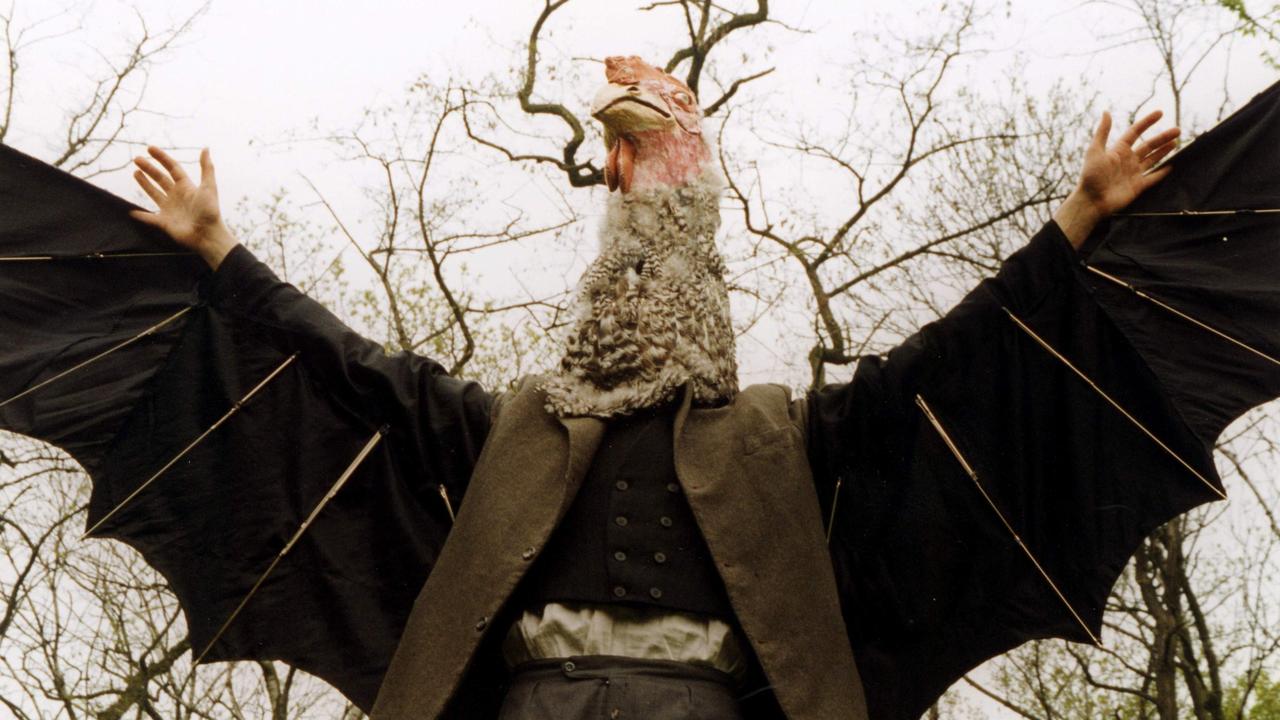
Surrealist cinema came to life in the 1920s in the birth-country of many milestones in cinematic history: France. The surrealist movement is characterized by heavy use of symbolism, often in the form of absurd imagery. A surrealist film doesn’t have to be absurd or shocking though, it can just as well be an opposition to the standardized dramatic structure. In this list we will see a fair share of shock and absurdity, but there will be some films that are considered surreal thanks to their structure.
Every country seems to have their own odd-ones-out, throwing the rules of filmmaking out of the window and instead doing whatever they want to do. The USA has David Lynch, France has Jean Cocteau, Chile has Alejandro Jodorowsky, the Netherlands has Alex van Warmerdam, and the UK has Terry Gilliam. And all of these are just the prominent surrealist filmmakers that aren’t represented in this list. Instead we will visit Asia, Europe, and the Americas for some of the lesser known filmmakers or in some cases some lesser known film from a prominent figure in the world of surrealist cinema. Without any further ado, here are 10 surrealist film you’ve probably never seen.
1. Conspirators of Pleasure (1996)
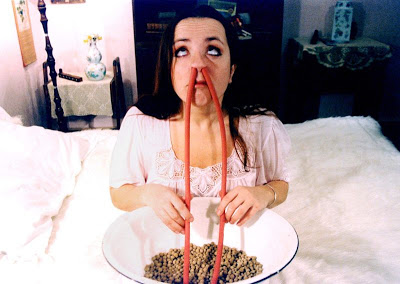
All Jan Svankmajer’s strangest sexual fantasies come together in Conspirators of Pleasure. The story follows six regular folks, each indulging in a not so regular fetish. The individuals all come across each other in one way or another. A TV news reader has a fantasy involving carp, while her husband steals all kinds of materials to rub against himself. A shop clerk builds an elaborate massaging machine, while one of his customers is building a voodoo-like chicken costume resembling his neighbor and, in her turn, the neighbor has a doll that resembles him. That only leaves a letter carrier that gets a kick out of doing some grotesque things with little dough balls.
Jan Svankmajer is an influence to many prominent directors. Terry Gilliam, the Quay Brothers, Tim Burton, and Edgar Wright all expressed themselves more than positively over the stop-motion works of Svankmajer. Conspirators of Pleasure is just one of the many great films from his hands. Most of them are brilliant shorts, but there are plenty Svankmajer features to be explored as well. Alice, Faust, and Little Otik all are well worth your time as well.
2. Symbiopsychotaxiplasm: Take One (1968)
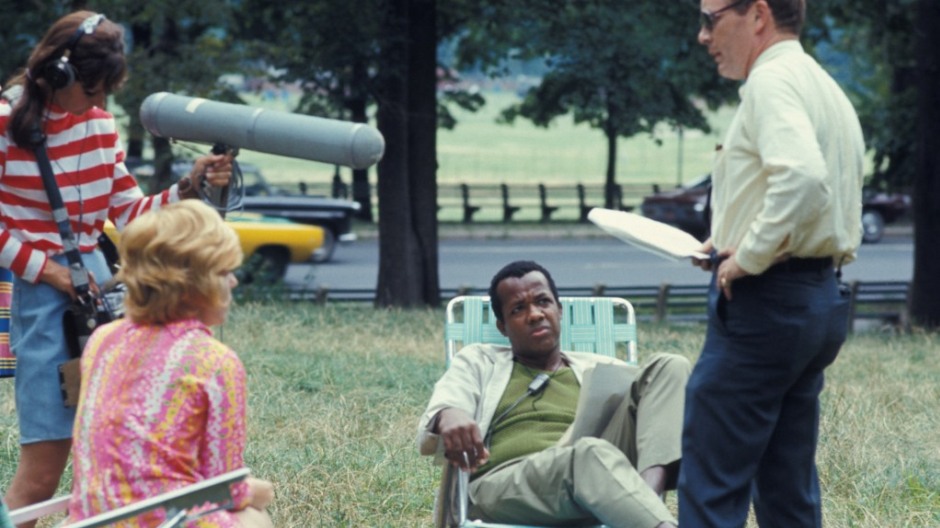
In the introduction to this article we talked about surrealist cinema not being exclusively absurd cinema. The intricately-title Symbiopsychotaxiplasm is a prime example of this; a surrealist film without absurd imagery or shock-value. This is one of these films that is surreal in structure.
In Central Park, New York City, director William Greaves has three film crews to his disposal. The first crew is instructed to document a cast of actors in their audition process. The second crew is instructed to document this first film crew. The third crew is instructed to document whatever fits into the documentary’s overarching theme: Sexuality.
The result of these three different documentations are interesting to say the least. Since Greaves left all of his crew in the dark from his real intentions with the film, it becomes an interesting experiment; a real-life character study. When the film crew starts questioning the competence of Greaves this of course is documented as well and shown in the film, adding so many new layers. It’s one of the most complex pieces of meta-cinema, but so easy to digest. Greaves his goal with Symbiopsychotaxiplasm was to capture life and reality as it is, coming from a dissatisfaction with Hollywood acting. Not only was this goal reached, it turned out to become one of the most brilliant meta-documentaries along the way.
3. Wizards (1977)
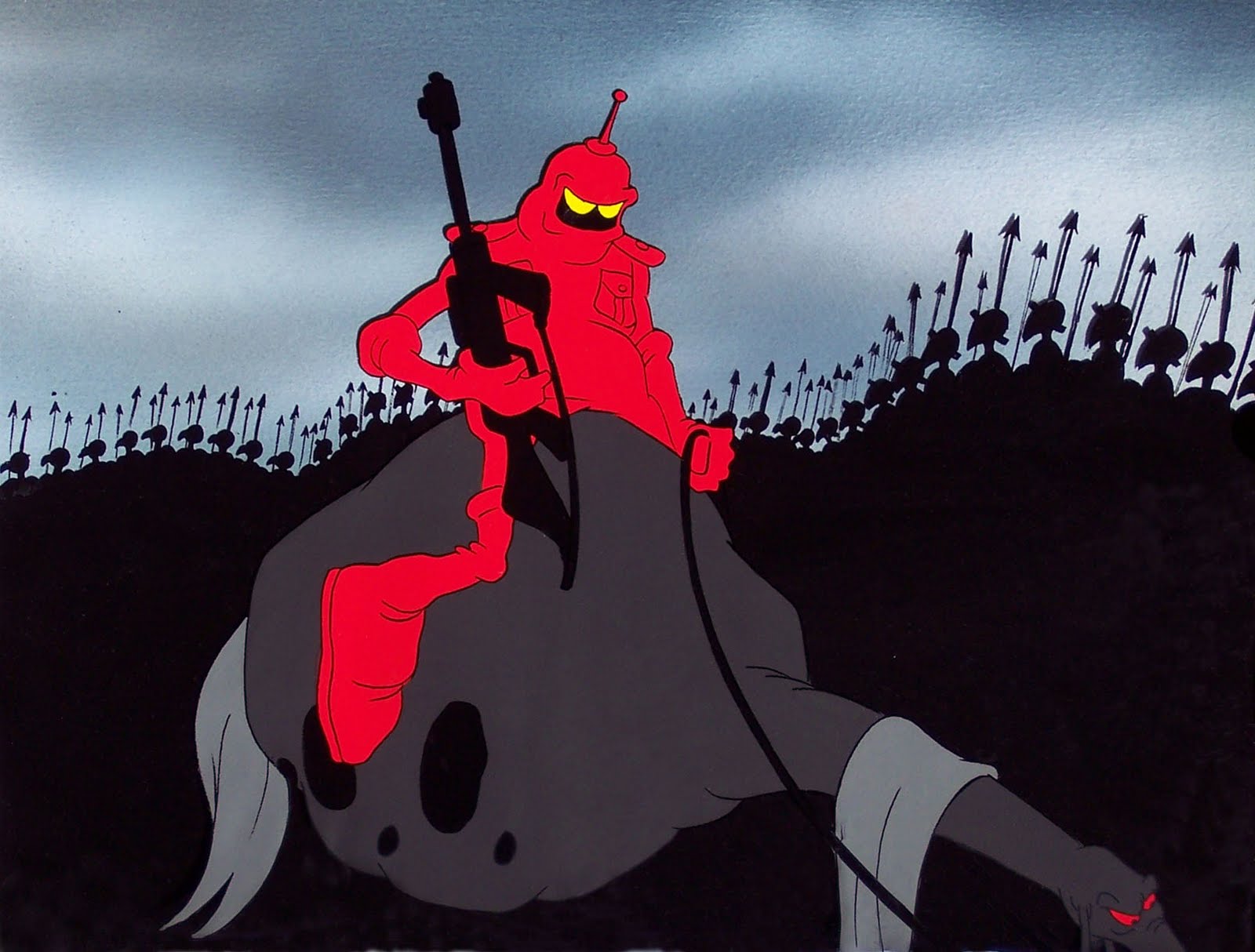
Back to absurdity, Ralph Bakshi’s Wizards is a prime example of the bizarre-imagery-filled surrealist cinema. In Wizards the evil mutant wizard Blackwolf wants to the claim the throne of his dead mother by using some lost military technologies. His twin brother, the sage Avatar and his team want to defeat Blackwolf and his forces to stop them from overtaking their world. The story is classic in nature, but the post-apocalyptic setting and absurd stylistic choices and imagery make it a great unique animation film.
Ralph Bakshi is a great visionary director. His adult animation films like Wizards, Fritz the Cat and The Lord of the Rings are all unique works of art, each highly overlooked and underrated. Bakshi is a director that deserves tons more praise for his work, Wizards very much included. With Wizards Bakshi switches between different animation techniques and treats us to beautiful psychedelic and impressionistic imagery, all the while telling a politically charged story. Wizards and all of Bakshi’s work is very much due to obtaining the cult following they deserve.
4. Magick Lantern Cycle (2009)
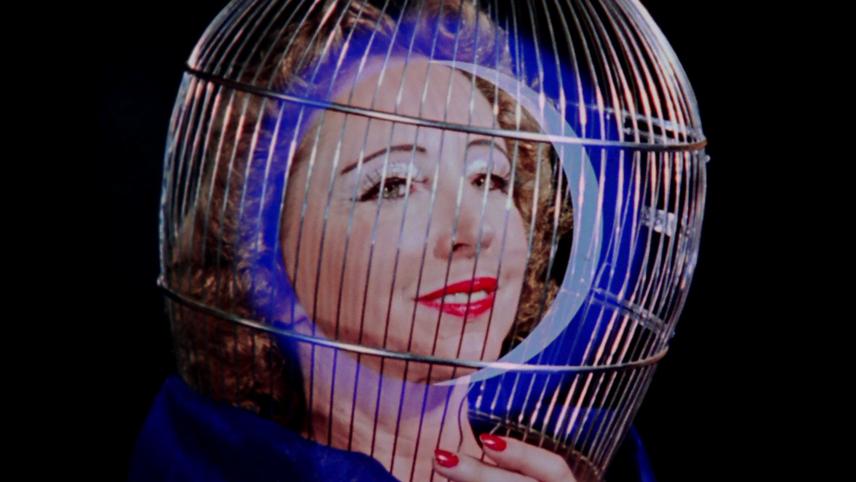
This entry isn’t a film, but rather a collection of films. The British Film Institute made this compilation of 9 of Kenneth Anger his shorts after UCLA’s Film & Television Archive and The Film Foundation did some restoration on the original material. Rather than using this entry for just one Anger short, this compilation serves as a great stand-in that, if you’re not familiar with him yet, can introduce you to one of the most prominent underground experimental filmmakers of the US. Magick Lantern Cycle consists of Fireworks, Puce Moment, the extended version of Rabbit’s Moon, Eaux d’Artifice, Inauguration of the Pleasure Dome, Scorpio Rising, Kustom Kar Kommandos, Invocation of My Demon Brother, and Lucifer Rising.
Kenneth Anger has exclusively directed short films; around 40 since his debut in the 1930s. Many of his films take a surrealist approach and merge the themes homoeroticism and the occult. As one of the first openly gay filmmakers in the US, Anger had a big impact in the discussion of acceptance during the middle of the 20th century. His works should be celebrated for that, but not only that; his surrealist approach in both imagery and use of music, make his films not only culturally important, but also a blast to watch.
5. La Grande Bouffe (1973)
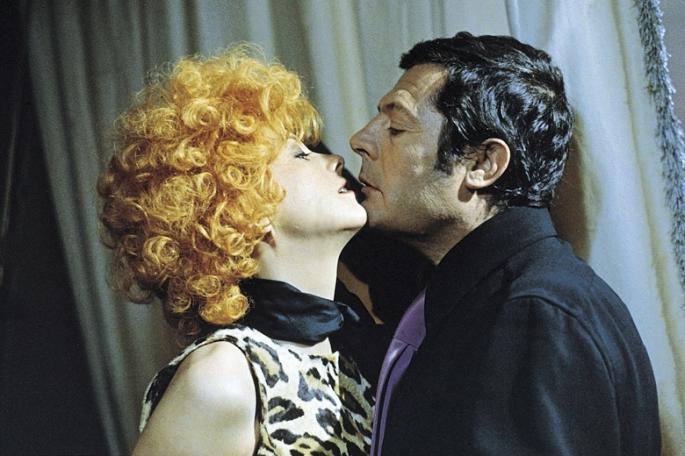
Four bourgeoisie friends consisting of a chef, a pilot, a tv producer and a magistrate, gather for a weekend at the latter his villa in Paris. Here the men await trucks filled with food and wine and they prepare a grand feast. Three prostitutes join the company for the feast that gradually turns macabre when the goal of the feast is made clear; eating themselves to death.
In La Grande Bouffe, or La Grande Abbuffata, director Marco Ferreri satirizes the bourgeoisie and the consumerism economy. At its release it was controversial for this reason, but since then it has gained cult status. Its controversy is still understandable and this film won’t be for anyone, since it’s filled with the grotesque results of vanity including sex with whores, feces and vomit. This is still nothing, though, compared with an entry in this list following shortly! Le Grande Bouffe is timider, focusing more on satirizing the themes. For this reason, it’s recommended as an easy entry in the subgenre of grotesque surrealism.